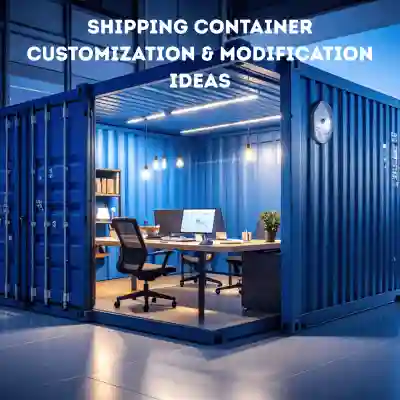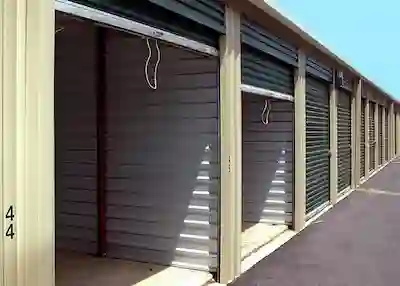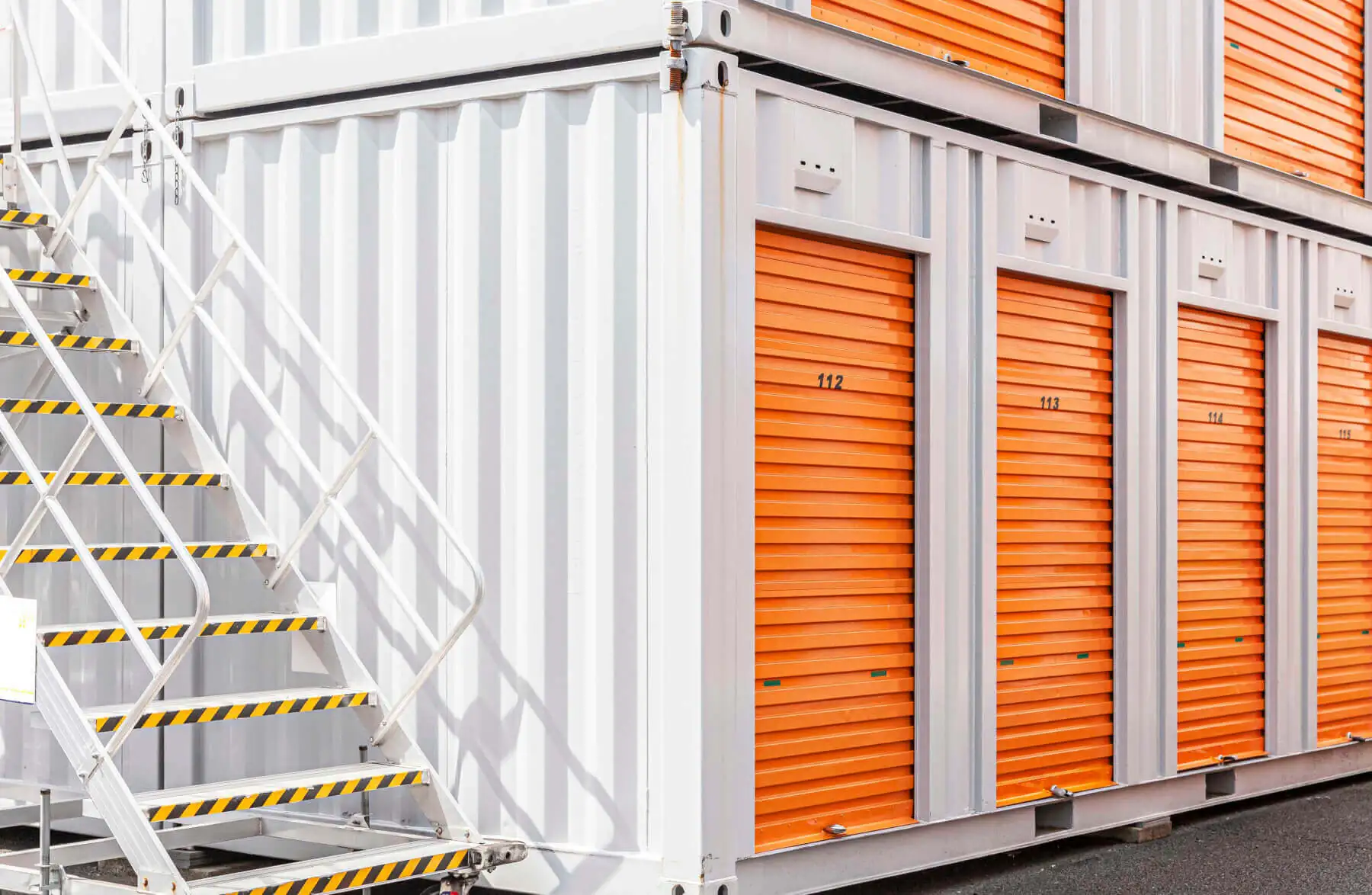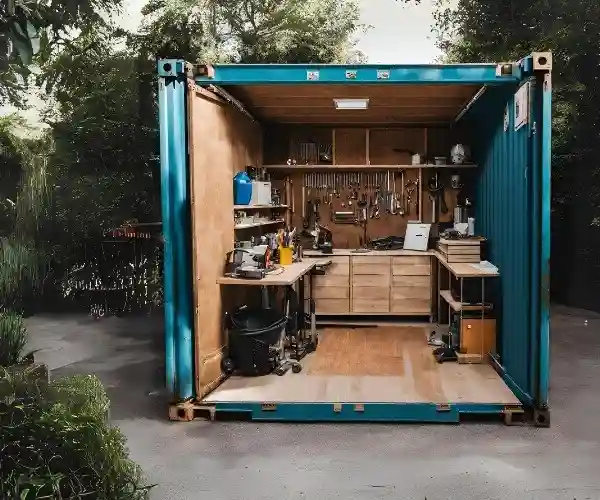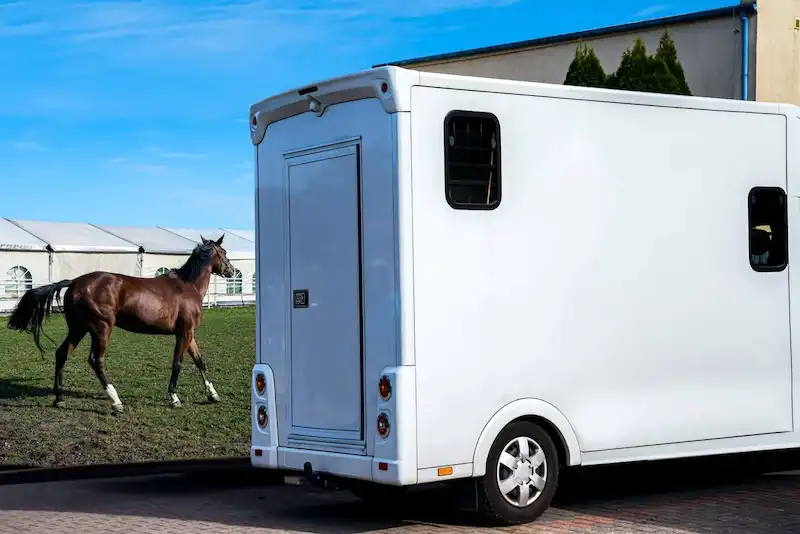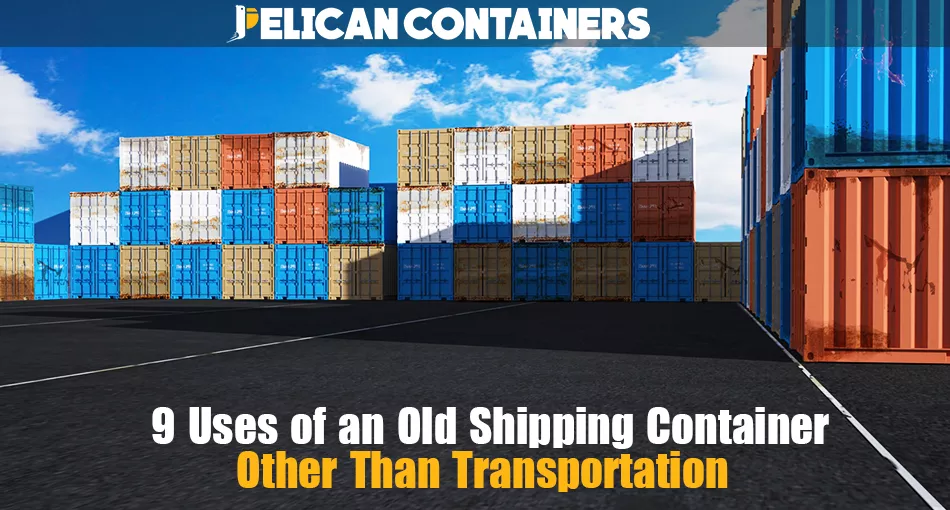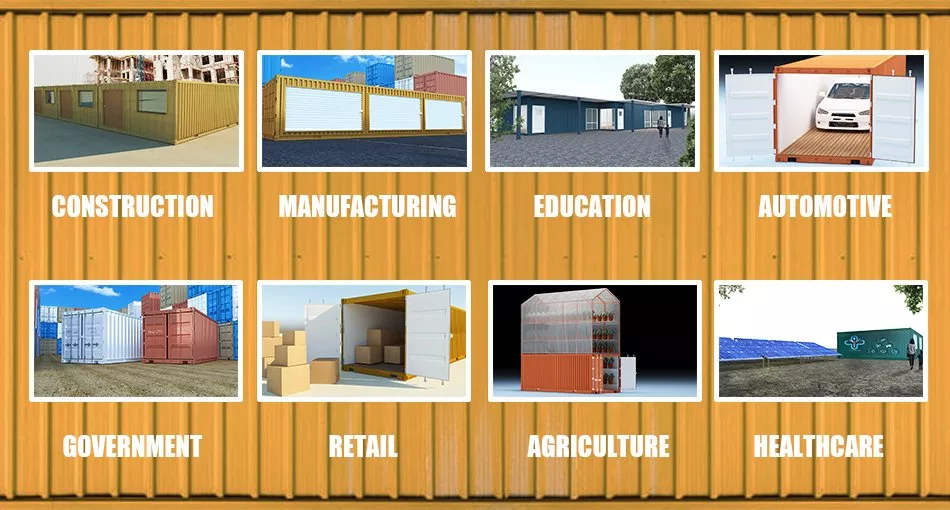How to Turn a Steel Shipping Container into a Pool: A Complete Guide

Turning a shipping container into a pool is a clever and budget-friendly way to add a sleek swimming option to your home. These container pools are becoming more popular because they’re durable, easy to set up and have a cool, modern look. In this guide, we’ll walk you through each step of the process so you can feel confident about creating your very own stylish and functional shipping container pool.
Why Choose Steel Shipping Containers?
Steel shipping containers are a great choice for building a shipping container pool for some reasons. First off, they’re incredibly durable since they’re built to handle tough marine conditions, which means they’ll last a long time as your pool. Using a shipping container can also be a more budget-friendly option compared to a traditional in-ground pool, making it a cost-effective choice. Plus, containers offer a lot of flexibility in terms of design, so you can customize them to fit your style. Their modern, industrial look can really enhance the vibe of any outdoor area. Finally, shipping containers are easier to install than traditional pools, which means less time and effort spent on setup.

Building Your Pool. How to Build a Pool From a Shipping Container?
Have you decided to build your swimming pool? This is a great idea. But are you sure, can you build your own shipping container pool yourself? Here are some tips to help you do it as quickly, efficiently, and inexpensively as possible.
- Planning and Design.
The first step in converting a shipping container into a pool is planning and design. Determine the size of your pool based on your available space and budget. Standard shipping containers come in sizes of 20 feet and 40 feet in length, with varying heights. Decide whether you want an above-ground pool, which is simpler to install, or an in-ground pool, which offers a more integrated look. Plan for additional features such as decking, landscaping, and other custom elements to enhance the pool area.
- Permits and Regulations.
Next, research local building codes and regulations regarding pool installations. It’s crucial to ensure that your project complies with all legal requirements to avoid any issues. Obtain the necessary permits before beginning construction. This step is vital to ensure your pool is built safely and legally.
- Container Selection.
Choose a shipping container that fits your design and size requirements. Inspect the container thoroughly to ensure it is in good condition, and free from rust and structural damage. The container you select will be the primary structure of your pool, so it must be sturdy and reliable.
- Materials and Equipment.
To convert a shipping container into a pool, you will need several key materials and equipment. These include the shipping container itself, a pool liner for the shipping container to ensure waterproofing, a filtration system to keep the water clean, and insulation and reinforcement materials to maintain water temperature and structural integrity. You’ll also need plumbing and electrical supplies for water circulation, heating, and lighting, as well as decking and finishing materials to complete the pool area.
All of this will help you approach the creation of your pool fully prepared and confident.
Conversion Process. Step-by-Step Guide
Turning a shipping container into a pool is an exciting project, and breaking it down into clear steps can make it more manageable and enjoyable.
- Site Preparation. Start by leveling the ground where the container will be placed. If you’re building an in-ground pool, excavate the area to the appropriate depth.
- Container Modification. Modify the container by cutting out the top to create the pool opening. Reinforce the sides and bottom if necessary to prevent bowing under the weight of the water.
- Install the Shipping Container Pool Liner. Shipping container pool liners are essential for waterproofing. Ensure it fits perfectly and is securely attached to avoid leaks. You might consider using a shipping container pool fiberglass insert for added durability and ease of maintenance.
- Set Up Filtration and Plumbing. Install the filtration system and connect it to the pool’s plumbing. Secure all connections to prevent leaks and ensure proper water circulation.
- Insulate the Pool. Add insulation to the container walls to help maintain the water temperature. This step is especially important in regions with fluctuating temperatures.
- Electrical Installation. Install any necessary electrical components, such as lighting and heating systems, ensuring they meet safety standards.
- Final Touches. Add decking, steps, and any other features you planned. Ensure all safety measures are in place, including proper fencing and non-slip surfaces.
This guide will walk you through the process, from prepping your site to adding the finishing touches, so you can transform a container into a sleek, functional pool that you’ll love.
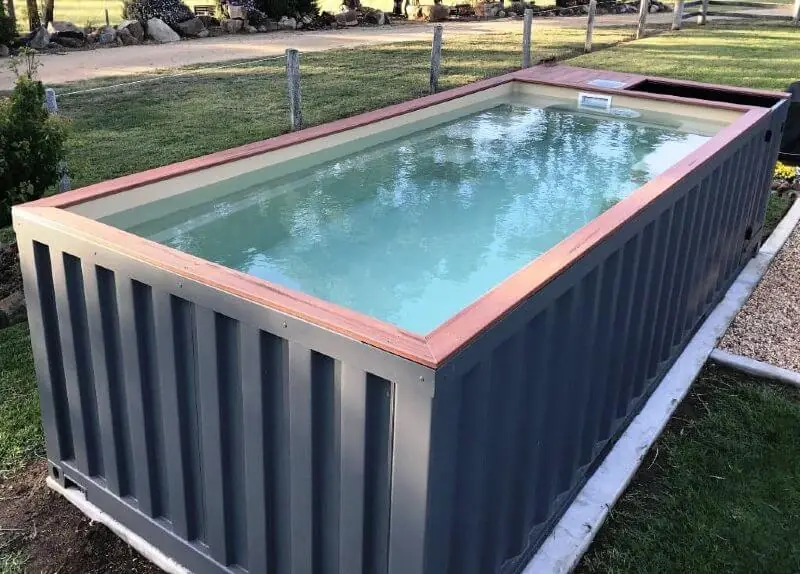
Get Creative with Your Design
Building a shipping container pool opens up a world of design possibilities. Imagine adding an infinity edge for a touch of luxury, or installing glass windows on the sides for a cool underwater view. You can make the pool area even more inviting with wooden decks, lush plants, and comfy outdoor furniture. Consider adding a pool heater to keep the water warm and extend your swimming season into cooler months. And don’t forget water features like waterfalls or fountains — they can enhance the look and create a soothing, relaxing vibe.
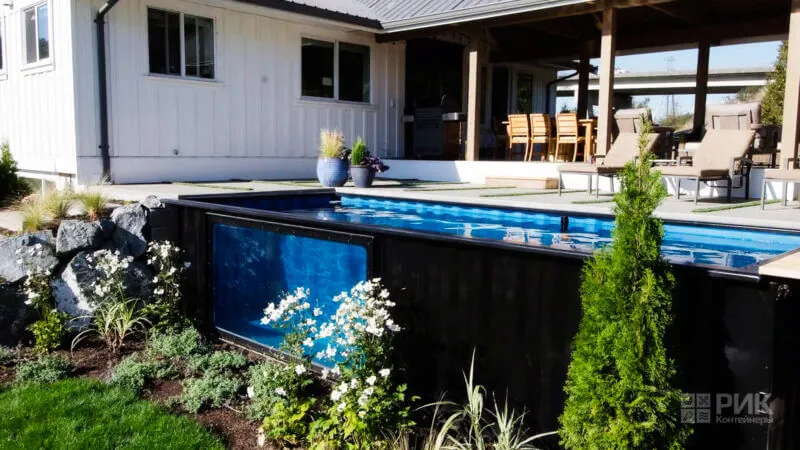
Conclusion
Converting a steel shipping container into a pool is a rewarding project that combines creativity, functionality, and sustainability. By following the detailed steps outlined in this guide and using high-quality materials, including appropriate pool liners, you can build a unique and durable pool that enhances your outdoor space. Whether you opt for a simple design or a more elaborate setup, a shipping container pool offers a fantastic way to enjoy swimming at home.
Vanessa is a dedicated writer and content enthusiast at Pelican Containers. With a background in practical writing and a keen eye for clarity, she transforms complex container topics into easy-to-understand and useful content. Her passion lies in exploring the evolving world of container usage — from smart storage hacks to global logistics trends.
When she's not writing, Vanessa loves discovering creative shipping container projects or traveling to find new inspiration.
Explore thoughtful, informative, and accessible content with Vanessa!
Vanessa is a dedicated writer and content enthusiast at Pelican Containers. With a background in practical writing and a keen eye for clarity, she transforms complex container topics into easy-to-understand and useful content. Her passion lies in exploring the evolving world of container usage — from smart storage hacks to global logistics trends.
When she's not writing, Vanessa loves discovering creative shipping container projects or traveling to find new inspiration.
Explore thoughtful, informative, and accessible content with Vanessa!
FAQ
What are the initial steps to take when converting a steel shipping container into a pool?
Begin with planning your design, checking local building codes, obtaining necessary permits, and selecting a suitable container. Ensure the container is in good condition and fits your design needs.
What materials and equipment are needed for the conversion process?
Key materials include a shipping container, pool liner (vinyl or fiberglass), filtration system, insulation, reinforcement materials, plumbing supplies, electrical components, and decking materials.
Are there any special permits or regulations required for installing a shipping container pool?
Yes, it’s important to check local building codes and obtain necessary permits to ensure legal compliance and avoid issues during or after construction.
What are the maintenance requirements for a shipping container pool compared to traditional pools?
Maintenance requirements are similar, including regular cleaning, water treatment, and inspection of the container pool liner and filtration system. The robust structure of shipping containers may offer additional durability and resistance to environmental factors.
